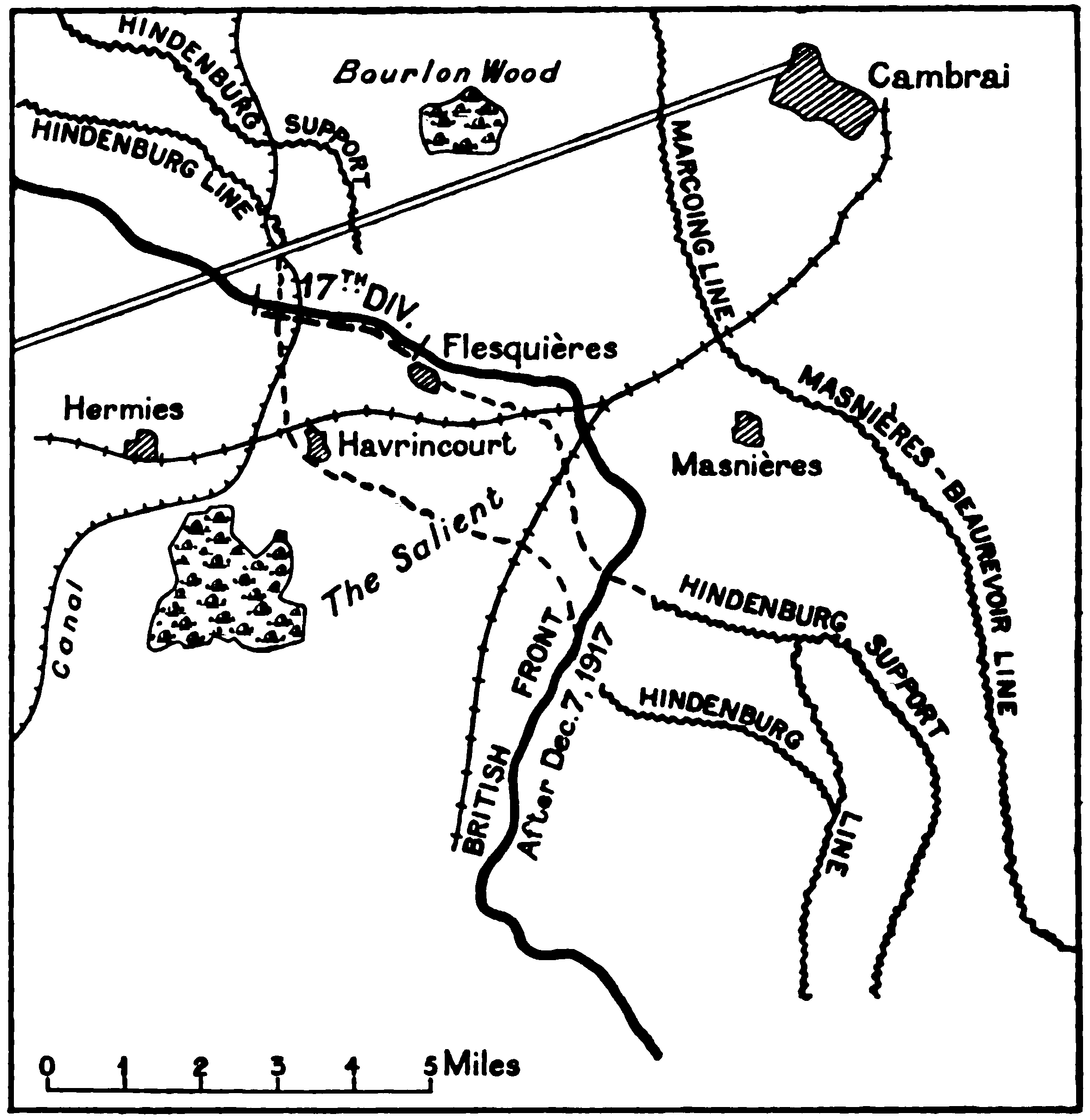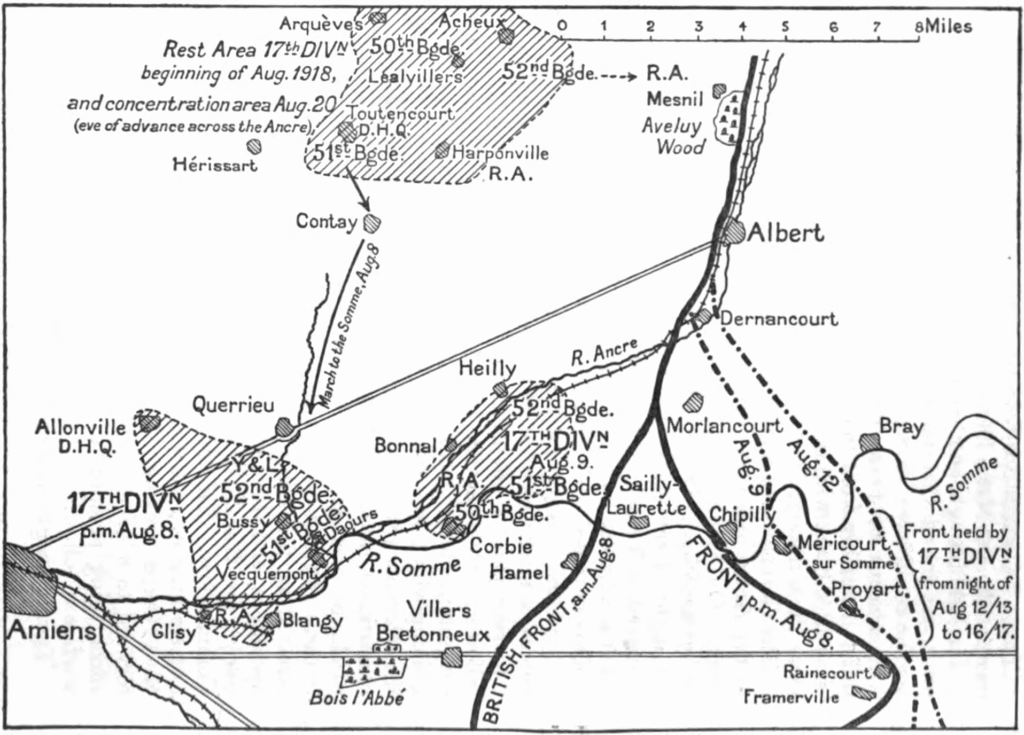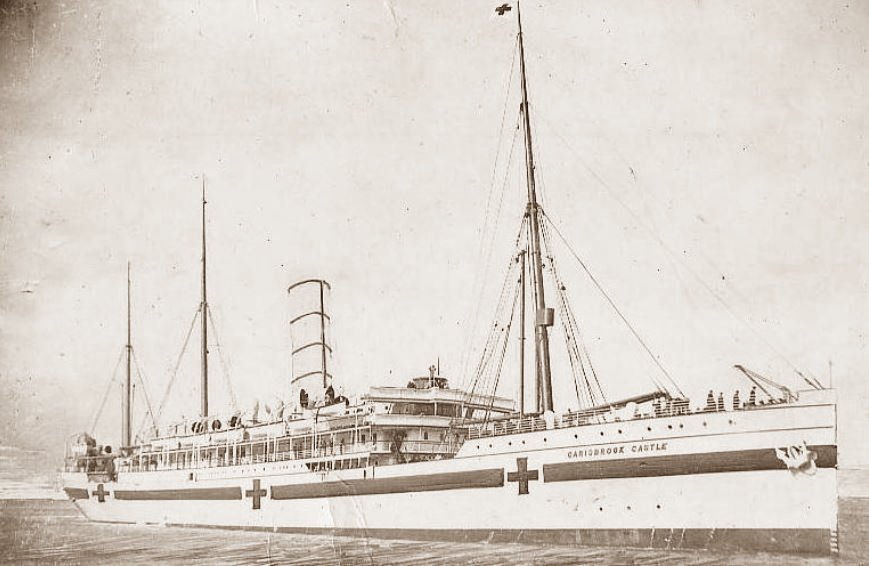An edited version of this post was originally published by the Society of Genealogists in the Genealogists’ Magazine, June 2025.
Part 1 : Part 2 : Part 3 : Part 4 : Resources
Part Two: Gas, Retreat and Recovery
In this second instalment, Arthur’s experiences on the Western Front intensify. Facing the horrors of the German Spring Offensive and a devastating gas attack in August 1918, this chapter tells of survival, resilience, and recovery against overwhelming odds.

From mid-December 1917 until mid-March the following year the battalion was back in France, west of Cambrai, for what became known as the Battle of Cambrai.

Spring 1918 was not a good time for the British Army in this area since a German offensive forced a retreat westwards to an area around Albert. By 28th March the 10th Battalion (part of the 51st Brigade was located immediately to the west of Albert remaining there until early August. During this period, mention is made in the battalion histories that on 21 April came the turning point when the battalion had the upper hand in the war’s progress. The German army was showing signs of fatigue and loss of morale. Finally, the German advance was brought to a halt.

From there it was only a short move south of Albert along the banks of Somme river, moving eastwards as the fighting progressed until Arthur’s time with the battalion suddenly came to an end on the 15 August.
Events of 15th August
On the night of 14/15th August 1918, the Battalion was camped near Mericourt-sur-Somme when they suffered a major gas attack in the early hours of the morning. The events are noted in the unit war diary and summarised the number of casualties.


(National Archives: WO 95/2008/2)
In a short history of the 10th Bn. Sherwood Foresters (written by a serving officer but remaining unpublished until 2003), describes the tragic events of August 15th.
All remained quiet until very early on the 15th. About 12.15 a.m. the enemy started a very heavy gas bombardment on the whole area occupied by the 17th Division; mustard gas predominated. For three hours he kept up a steady stream of shells; he chiefly bombarded the ridges, and as the night was absolutely still the gas floated down into the valleys and clung to the dense undergrowth. The area shelled stretched from our support line some 2000 yards westward, and this all became saturated with the deadly stuff. The sunrise brought with it a ghastly state of affairs; the casualties from the gas poisoning steadily mounted up, and long strings of men with their eyes bandaged, each holding the man in front, trailed slowly backwards down to the dressing station. Lieut-Col King, D.S.O. and Adjutant Capt. G F March M.C. both became casualties, and in all the battalion sustained losses to 18 officers and 519 other ranks; a total which for the moment made it almost cease to exist as a fighting unit; only the garrison of the forward posts escaped the effects of the gas. The large majority of these casualties subsequently recovered, but Lieut B G Barnes and 2/Lt H E Merrett died from the effects – both fine plucky officers. RSM Wain also died; his was an almost meteoric career; in March 1916 he was an officer’s servant; from that time forward by his sheer ability for making men do what he wanted, and by wanting the right thing, he had risen steadily through non-commissioned rank until he was made RSM in July 1918. Altogether he was one of the finest products of the New Armies, and his loss was felt intensely.1
A lot of responsibility for the high number of casualties rested with the British themselves as the report concludes:
Searching enquiries were made into the reason for the large casualties which the whole division suffered, and much blame attached itself to a great many people; none of them need be mentioned by name.2
Arthur was one of the gassed casualties and his retelling of events on that early morning to my father concurs with the official record, in particular the way that on a cool, still morning “the gas floated down into the valleys and clung to the dense undergrowth”. He along with many others was initially treated by the 51st Field Ambulance and later in the day as his injuries were more significant was transferred to the 53rd Casualty Clearing Station which was located in Vecquemont. Subsequently, he would have been transferred to a base hospital by hospital train until he could be taken back to the UK. Another man from Northampton, Pte. Henry Ronald Eaglestone (32076, 3rd Northamptonshire Rgt. & 73324, 10th Sherwood Foresters), who signed up the same day as Arthur in 1915 and was transferred in the same cohort to the 10th Bn Sherwood Foresters, was wounded in the same gas attack on 15th August 1918. He was transferred to the 6th General Hospital based at Rouen. Sadly he died of his wounds at the hospital on 23 August. Henry Eaglestone lived at 148 St Leonards Road, Northampton.
Evacuation and Back in Blighty
Unfortunately, Arthur’s service record has not survived in the National Archives. Many of these records were destroyed during the Second World War as a consequence of the bombing and a subsequent fire at a warehouse in Walworth on the night of 7/8th September 1940. Only about 40% of soldiers’ records survive from this period. However, it has been possible to reconstruct his whereabouts after 15th August from some of the records of other soldiers who enlisted with him, served in the 10th Battalion, and were injured or died as a result of the 15th August attack. Referring again to other men who were wounded in the same incident on the 15th of August and tracing their movements, it is likely he was moved to General Hospital 2, 3 or 6 based in Le Havre, Le Treport or Rouen. The hospital ship routes to England were usually via Dieppe-Newhaven and Le Havre-Southampton. From handed down memories it seems Arthur was dispatched on the Le Harve- Southampton route on a Red Cross ship, and then by train to a hospital near Glasgow on the Clyde.

The War Office published weekly casualty lists throughout the war; extracts from these also appeared in provincial newspapers with names of local men. The casualty lists naming those wounded on 15th August appeared between 19th and 26th September. Four to six weeks was the typical delay for publishing names, allowing time for lists to be collated and not giving more information that might assist the enemy. Those who died would usually have a short obituary, often with an accompanying photograph, published in the local press. Arthur’s wounding was also mentioned in the Northampton Chronicle & Echo on 31st August 1918.
Ward, Lce.-Corpl. A Sherwood Foresters, son of Mrs. John Ward, 56. Essex-street, Northampton, and the late Mr. Ward, was wounded and gassed on August 16 (sic) and is now in hospital in Glasgow: formerly worked at Messrs. G. T. Hawkins; served 17 months in France.3
This report confirms a few details that Arthur was hospitalised in Glasgow, but since his service record has not survived it has not been possible to determine precisely where in Glasgow. It is also known from Arthur’s handed-down memory that whilst in Glasgow some convalescence was in the form of a cruise on Loch Long, a sea loch directly accessible from the Clyde. G T Hawkins was a well-known, mainly boot manufacturer in the town. Sadly during this time Arthur was unable to see due to damage to his eyes caused by the Mustard Gas, but did later regain his sight, though his lungs remained damaged.
After his harrowing ordeal, Arthur’s war was over — but his challenges were not. In our next chapter, we follow Arthur back home to Northampton, through post-war struggles and recovery in the years that followed.
- Hoyte, Lt W. N. 10th (S) Battalion the Sherwood Foresters The History of the Battalion during the Great War: The History of the Battalion During the War. Naval and Military Press, 2009.
- Hoyte, Lt W. N. 10th (S) Battalion the Sherwood Foresters The History of the Battalion during the Great War: The History of the Battalion During the War. Naval and Military Press, 2009.
- Northampton Chronicle and Echo – Saturday 31st August 1918. page 4 col 5.
© Copyright : Graham Ward. All rights reserved.